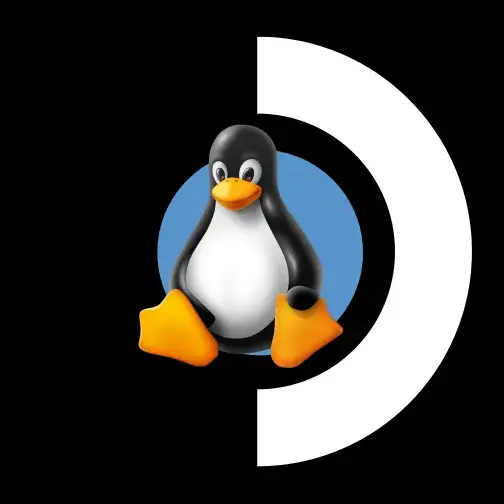To be clear, this question is for general PC use, and not only gaming.
Desktop mode on my Deck has easily become my favorite PC experience in a very long long time, and I use it more docked as a PC than for gaming. I’ve used Windows and Apple my entire life before now, so I have zero experience with Linux, other than the Steam Deck, but the OS is incrediby friendly to newcomers, and I’d say it’s essentially a modern and polished version of Windows 95.
So what would you recommend as a similar experience for desktop?
Edit: I should probably add that I’m an artist and designer, and play around with Blender and 3D modeling stuff, and maybe even some game dev at some point. So Adobe support, and GPU Blender support would be superfantastic.


Windows software is always the same (immutable distro or not), as it is run with “wine”. To run Windows programs they are installed in what’s called a prefix, which is basically just a folder containing stuff related to Windows. Things like “program files” and all the other folder structures a Windows program would expect, and will then appear as a drive letter. The prefix is generated inside your home folder (typically) anyway, which is always writable, and one can house multiple windows programs (or just the one if that needs special settings).
Immutability matters more for the actual Linux system and how you install Linux native software. Normally, you install software using a package manager (pacman on Arch, apt for Debian, …), and each package knows what else is needed to run it, and that gets installed as well. Many programs needing the same library means that library will be installed once. For an immutable distro this is basically fixed, and programs get run using “flatpacks” (there are similar solutions with other names, same idea). These are similar to packages from a package manager, but instead everything needed to run a program it’s always contained. That means they are bigger, but this will run on any distro, as it doesn’t have to tell the package manager what else to install. There are other technical details, like flatpacks are somewhat isolated, but nothing critical.
I would suggest finding a YouTube video or article to go into more detail if this matters to you, or if you just want to know more about the differences and reasons for using each of them.
Basic idea: immutable distro has stable base, updates are rarer, but system harder to modify. Regular distro is easier to tinker with, and a rolling release means frequent updates (doesn’t mean you need to install them frequently, btw), but occasionally things do break and might even require a manual fix.
Edit: somehow I forgot to answer your actual direct question. Generally anything from Adobe is a real pain to get to work. It can be done, but from what I heard it’s rather involved (I never have, don’t use Adobe). If you absolutely need that software and alternatives (paid it not) are just not an option, check first what is involved. There’s might even be a specific distro recommended to make it easier, or some distro might have better guides or more up to date ones.
Ok, thanks for that explanation, that’s all really helpful, and starting to make sense. Im sure I could figure out Wine, or get help from friends, so Bazzite is sounding really good. I am excited to Uncle Phil Windows.
Running adobe software with Wine is quasi impossible. Don’t try it you will very very very very probably not succeed. If you need to use those pieces of software either dual boot, use another pc or use them in a virtual machine.